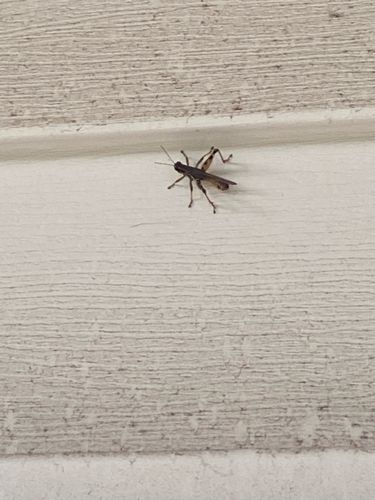Grasshopper
Scientific Name: Caelifera (suborder, various species)
Order & Family: Orthoptera (Order), Acrididae (Family)
Size: Typically 1-7 cm (0.4-2.8 inches) in length, varying by species.

Natural Habitat
Grasslands, meadows, fields, gardens, and other areas with abundant vegetation. They prefer warm, dry climates.
Diet & Feeding
Herbivorous. They primarily feed on grasses, leaves, and other plant matter. Some species may feed on crop plants.
Behavior Patterns
Grasshoppers are primarily diurnal. They are known for their strong jumping ability, which they use to escape predators. Many species can also fly. Males often produce sounds (stridulation) by rubbing their hind legs against their forewings or abdomen to attract mates. They undergo incomplete metamorphosis, meaning they hatch from eggs as nymphs, which resemble miniature adults and grow through a series of molts.
Risks & Benefits
Potential risks include agricultural damage, as large swarms can devastate crops. However, they also serve as an important food source for many animals, including birds, reptiles, and other insects, thus playing a crucial role in ecosystems. They also help in nutrient cycling as they consume plant matter.
Identified on: 9/10/2025